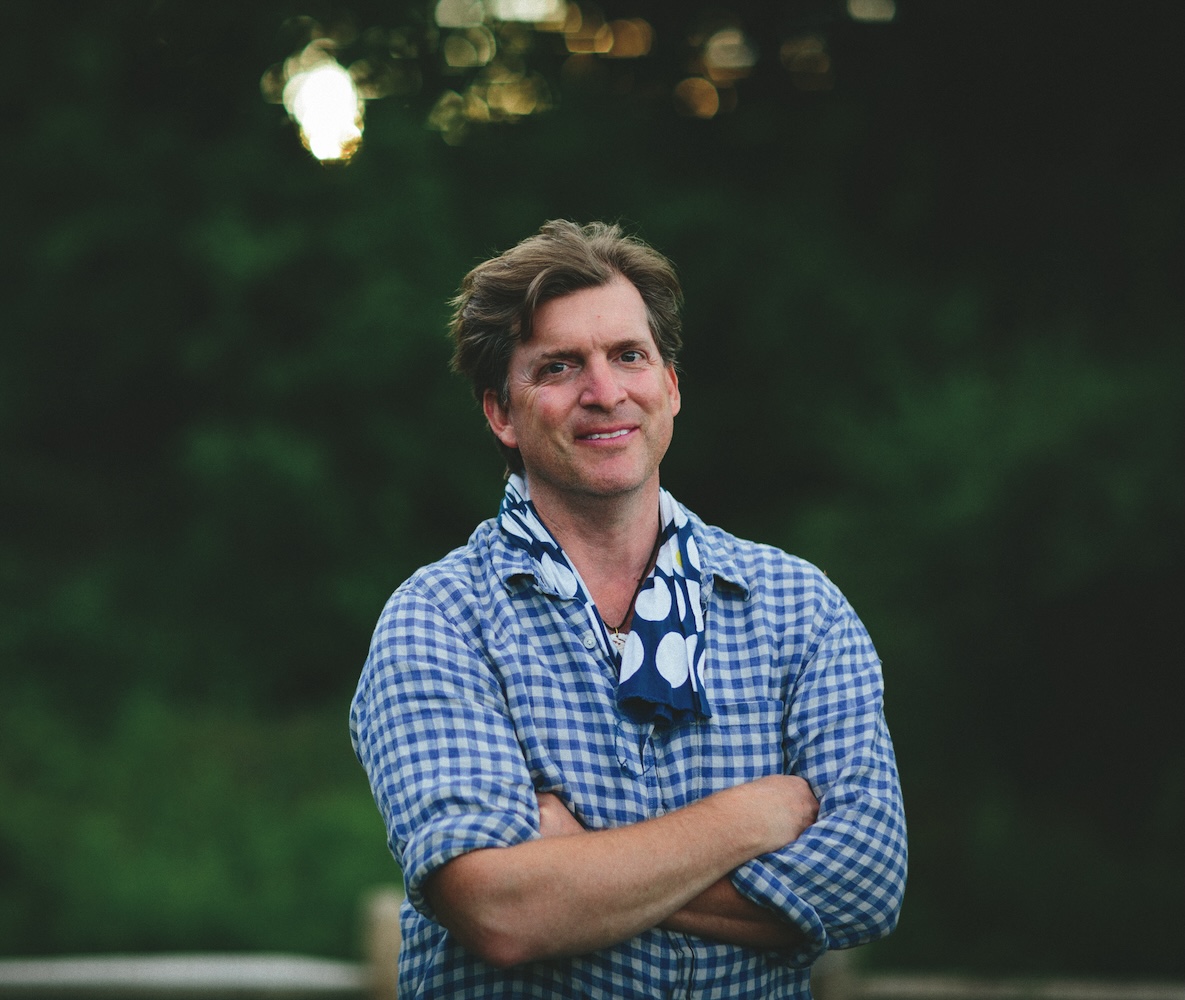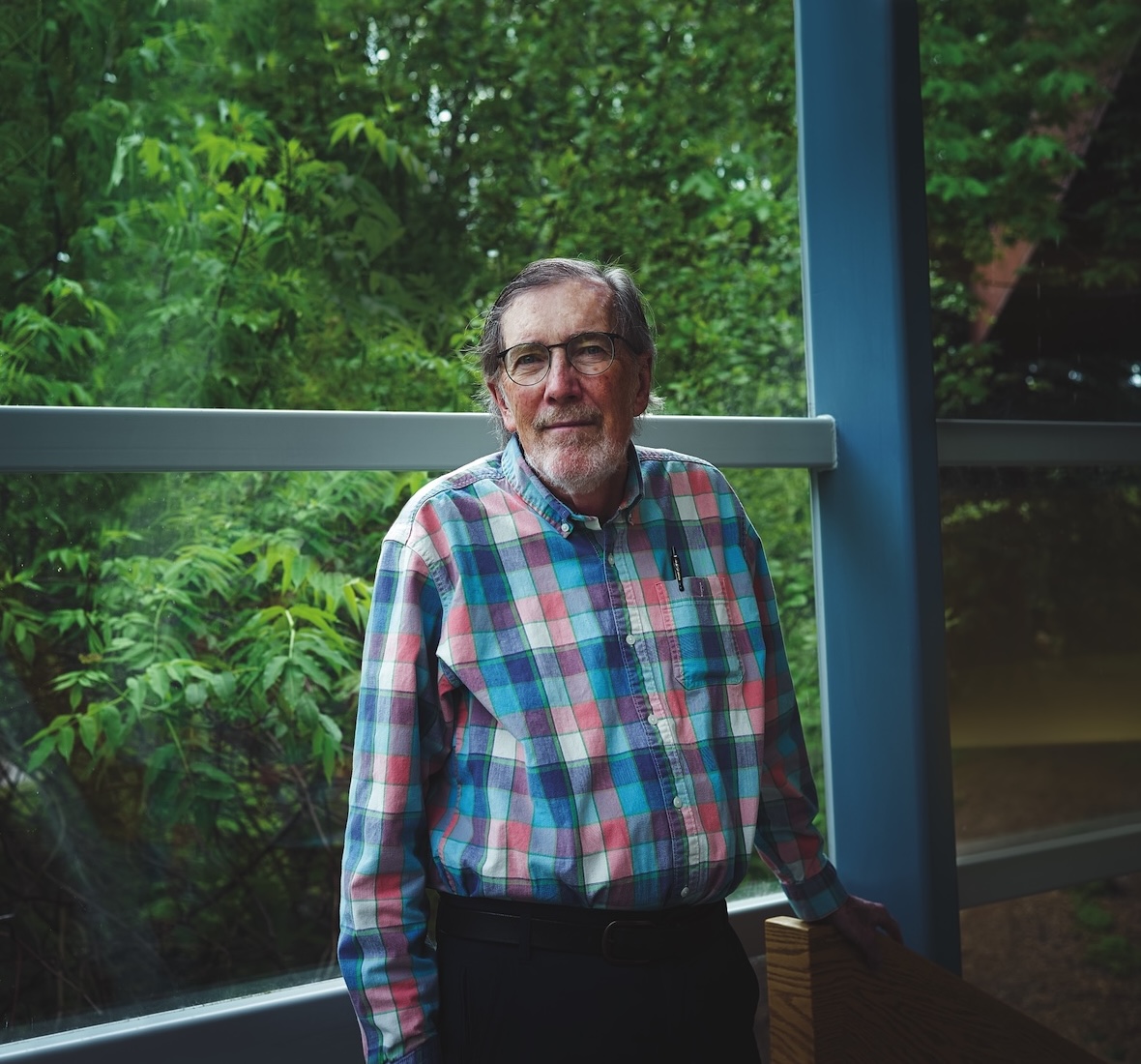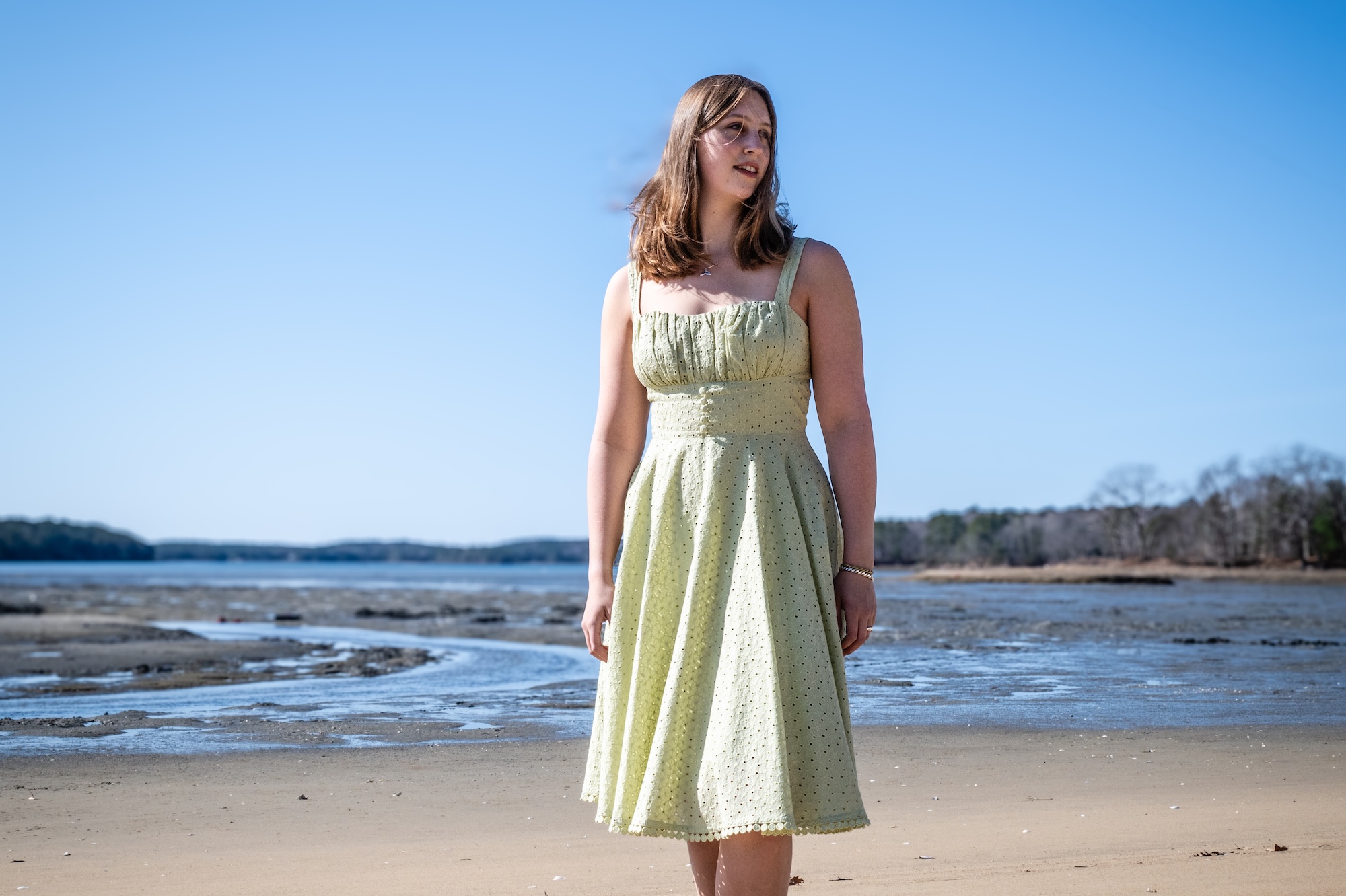Science Into Stories
By Bowdoin Magazine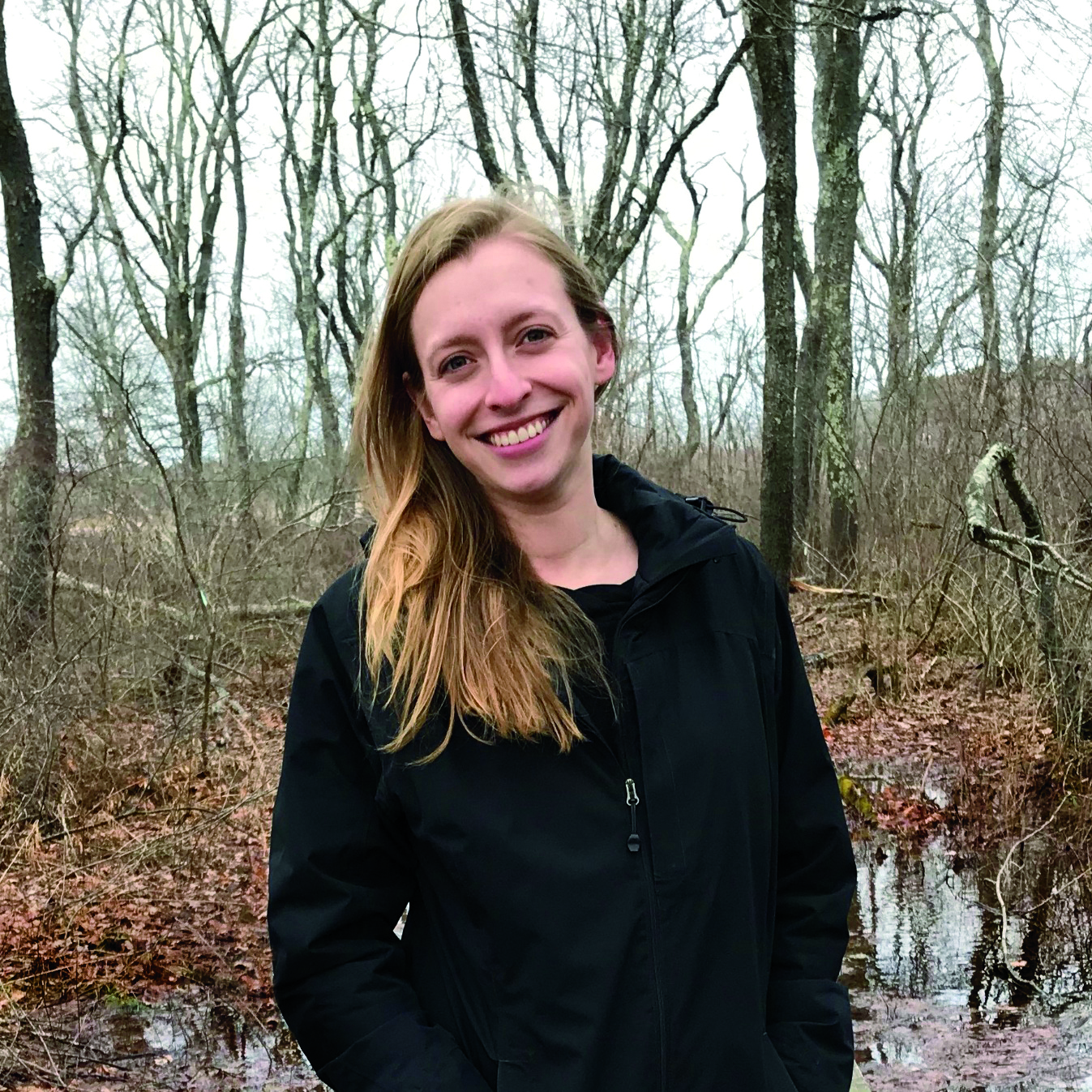
What drew you to your work in science and science communications?
I have always loved science, so I thought I would go into academic research in geoscience. But during my PhD program at MIT, I realized that I wanted to spend time with people in addition to rocks. My research focused on past climate change, which I still believe is incredibly important work, but I found myself drawn to more future-facing projects with concrete public implications. This shift in perspective, in combination with connections I made on social media, ultimately led me toward science communications, where I could bridge the gap between scientific concepts and broader audiences.
What do you find rewarding, exciting, challenging about the work that you do?
My role combines client work and back-end business operations, so I love that every day (and even every hour) is different. I spend most of my day solving problems, I just don’t usually know what those problems will be until they come up.
The most rewarding aspect of my work at Stellate Communications is getting to bring someone's scientific vision to life through figures, a press release, or a website. I also love hearing from researchers that their students and trainees feel more supported since we got involved in the lab.
It’s exciting to try to turn a complex scientific finding into a concrete and engaging story. I can’t believe that I now find this exciting, but I also enjoy implementing a new process or tool for my team and seeing it make their jobs easier.
As for challenges, scientists around the United States are currently operating in an oppressive, anti-academic environment. At Stellate, we try not to operate from a place of fear, but it’s a reality that some of our clients are investigators with federal grants who have to navigate very carefully right now to protect their teams.
How did your career unfold? How did you end up at the Broad and then cofounding Stellate?
My career path evolved from my realization during my PhD that I wanted to combine scientific expertise with more people-focused work. I met my current business partner, Dr. Caitlin Vander Weele, on Twitter when we overlapped at MIT because we were both interested in communications. I tried so many different communication methods and outlets, like podcast interviews, writing scripts for YouTube shows, and teaching a science communication course at the Broad Institute. After I graduated, I helped manage a postbaccalaureate program at the Broad, which gave me valuable exposure to biomedical research and the operations process behind a program that required collaboration between several departments.
When I transitioned to Stellate, I found that I really enjoyed continuing to work on operations in addition to communications. We were initially staffed with contractors, but we expanded steadily, and in 2024, we hired our first full-time employees. Many of our team members came from academia and wanted to pursue a career in communications, much like Caitlin and I did. Given the political climate, we’re in a period of uncertainty right now, but I’m looking forward to stabilizing and continuing to grow the business in the coming years.
Are there ways that your academic or extracurricular work at Bowdoin has come into play in your life or career?
Bowdoin's interdisciplinary liberal arts approach profoundly influenced how I work—I try not to draw firm lines between science and communications or writing. This integrated perspective allows me to approach problems holistically. My philosophy around science communications centers on engagement over “outreach”—having a conversation rather than standing up with a megaphone. I believe my liberal arts background helped shape this approach.
My LGBTQ+ advocacy work at Bowdoin was also an important part of my education and career development. I worked with Kate Stern at what is now SWAG, which helped teach me how to plan events, organize people, and try to effect meaningful change. These skills have been invaluable in my professional life.
What brought you to Bowdoin?
I was drawn to Bowdoin because of its earth and oceanographic science department, which takes a systems approach to earth science and is perfectly situated for field work and outdoor lab experiences. I was also attracted to the liberal arts model, which allowed me to explore diverse interests while developing depth in my scientific studies. And of course, I love Maine!
Is there something about your work or life that others would find surprising?
People are sometimes surprised that I have no formal training in business or neuroscience, but most of Stellate’s clients are neuroscientists. Getting a PhD taught me resilience, how to learn through experimenting, and how to navigate politics of academia, so those skills aren’t discipline-specific—they translate to anything I do.
Is there something about YOU that others might find surprising?
I don’t love camping—a lot of people think that goes hand in hand with geoscience, but I would rather see beautiful scenery on a day trip.
What do you enjoy doing in your spare time?
In my spare time, I deliberately seek out non-screen activities to balance out my 100 percent digital work life. I started watercolor painting last year, and love tackling home improvement projects, which are more challenging and rewarding than I expected!
Best Bowdoin memory, or most-lasting lesson from your Bowdoin days?
One of my favorite Bowdoin memories is spending a summer on campus doing research with Michèle Lavigne. It felt like Maine was at its very best during those months. I loved the rhythm of working in Druckenmiller during the day and spending evenings with friends. That summer was a wonderful example of the balance of intellectual engagement and community that made my Bowdoin experience so special.
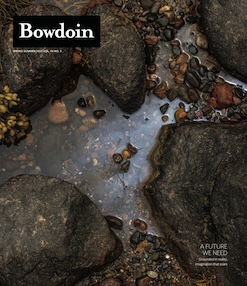
This story first appeared in the Spring 2025 issue of Bowdoin Magazine. Manage your subscription and see other stories from the magazine on the Bowdoin Magazine website.
